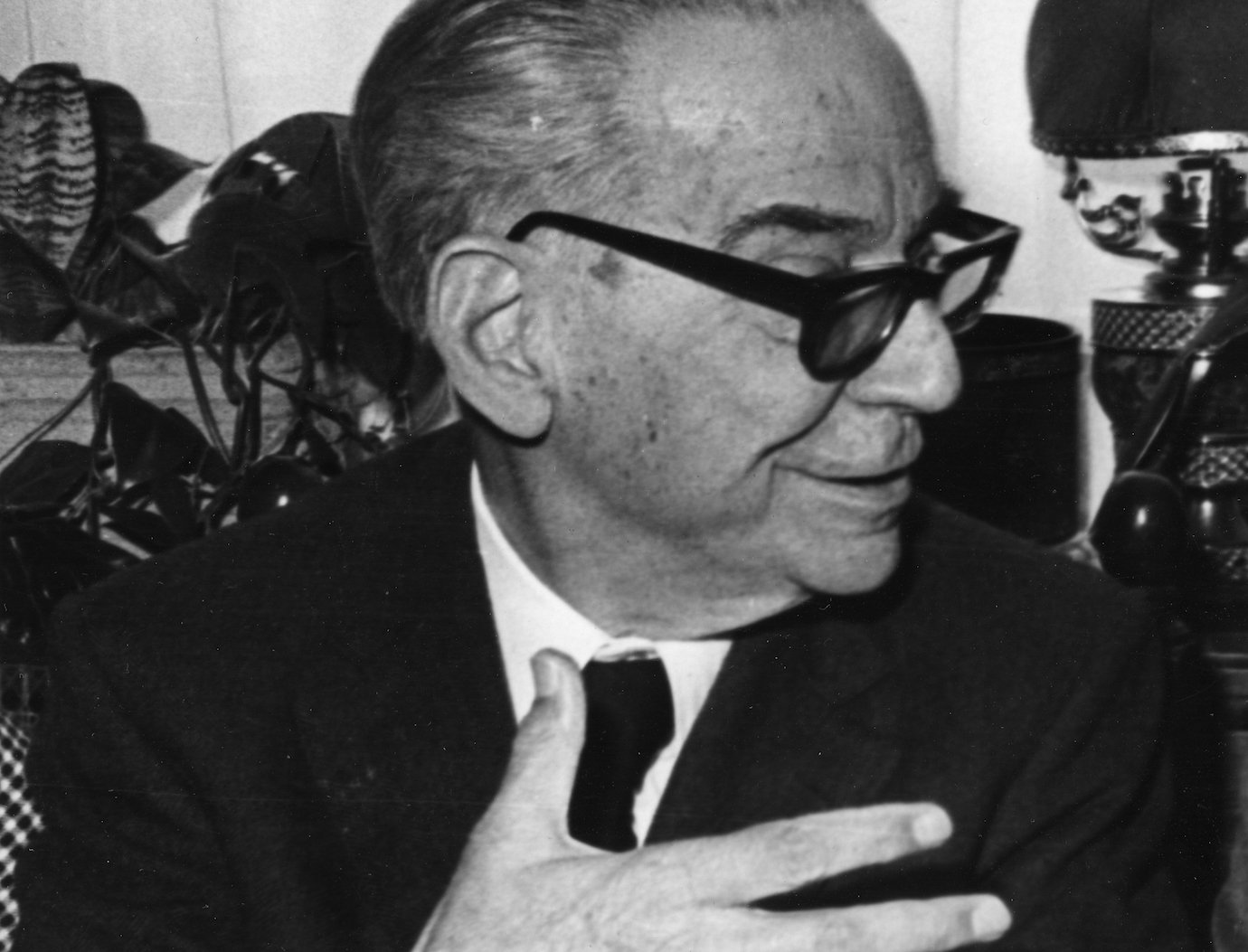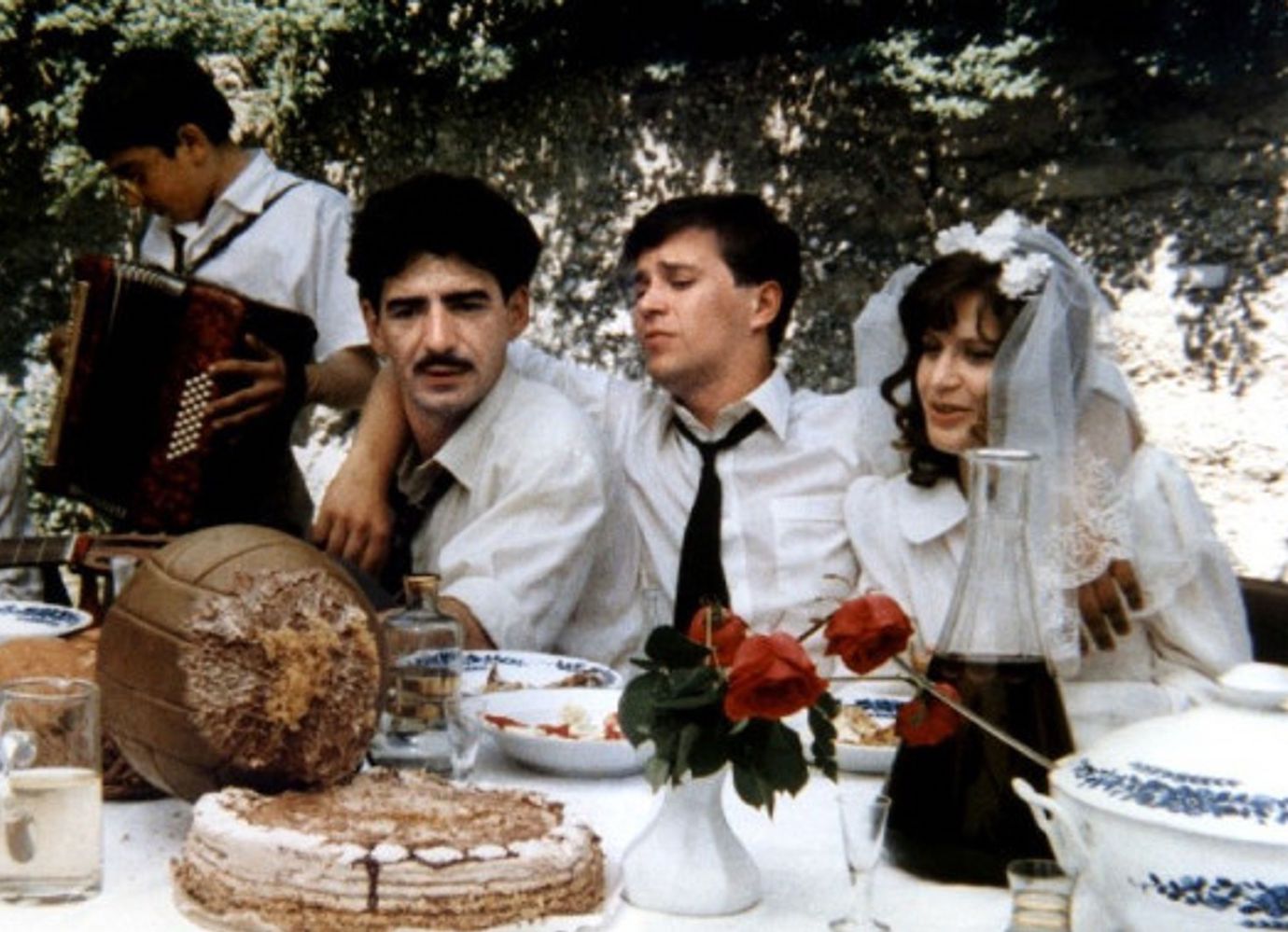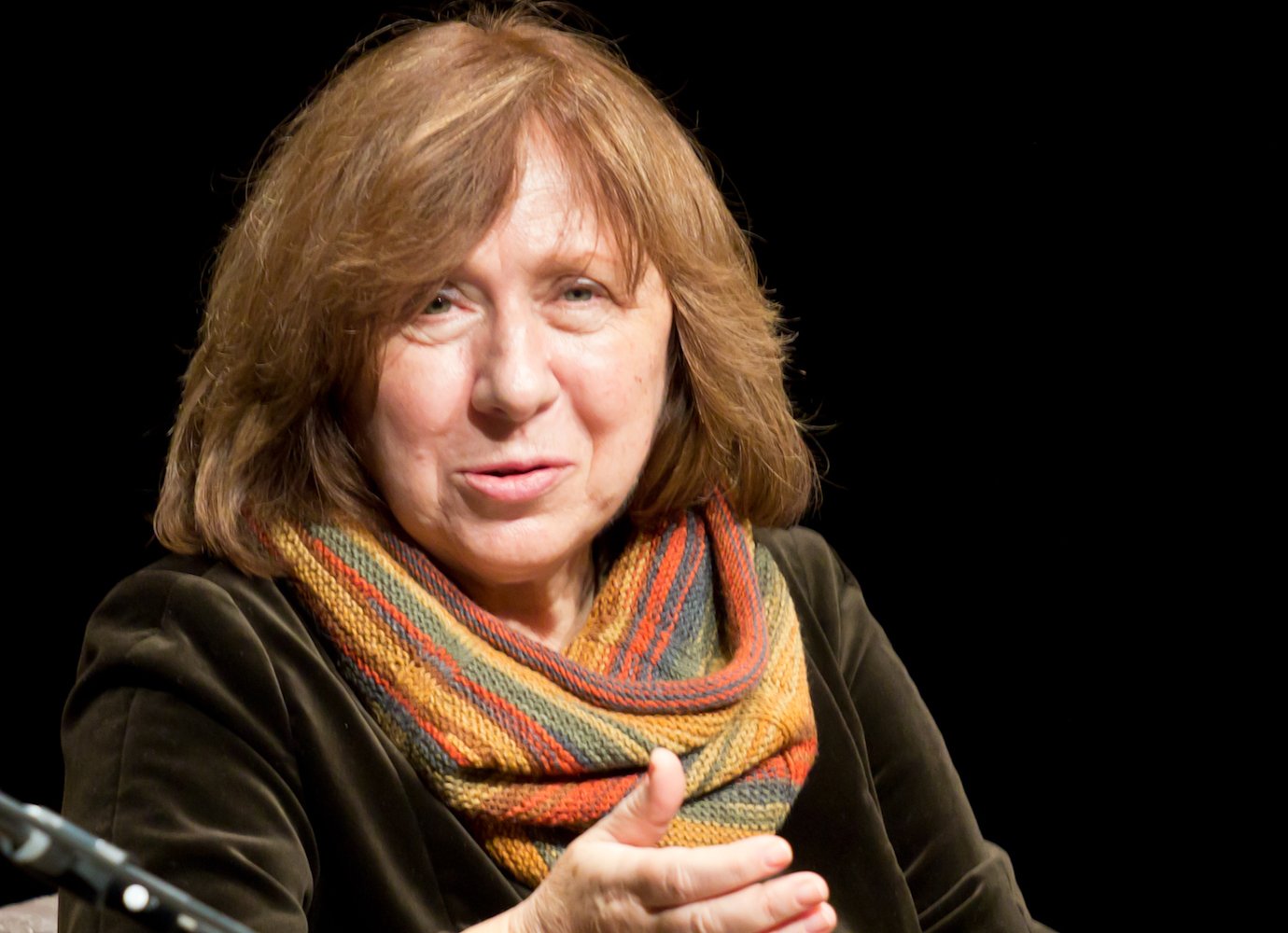Ivo Andrić: where to start with his literature

“Writing has some similarity with the development of a picture on a photographic plate. The picture is taken in the sun, and only with the help of the sun’s light, but in order to develop it, you need complete darkness.” (Conversations with Goya. Bridges. Signs.)
Ivo Andrić was born in 1892 into a Catholic Croatian family in Bosnia, at the time still under Austro-Hungarian rule. His father died when Andrić was still a toddler, so his mother sent him to live with an aunt and uncle in Višegrad, a town on the Drina River whose bridge came to inspire a lifetime of writing.
As a young man, Andrić became a part of several political youth groups and befriended Gavrilo Princip, whose assassination of Archduke Franz Ferdinand and his wife Sophie in 1914 lit the spark for the first World War. Andrić’s acquaintance with Princip guaranteed his arrest, and he spent most of the war in prison, house arrest, or under the rather relaxed supervision of local Franciscan friars. Suffering from tuberculosis and labelled too much of a ‘political threat’ to be drafted, he spent his time reading and studying languages. After the war, this informal education was his route into diplomatic services.
His stint as a diplomat unfortunately meant weathering a second war under surveillance, this time in a friend’s Belgrade apartment throughout the German occupation. This period of near imprisonment was tremendously productive for his writing, however. The books now regarded as his “Bosnian trilogy” were all published in Yugoslavia in 1945: The Bridge on the Drina, Bosnian Chronicle (or Travnik Chronicle), and The Woman From Sarajevo (exceedly difficult to find in English for less than the cost of a round trip to the city itself).
The New York Times 1975 obituary for Andrić called his novels and short stories decidedly “gloomy”. It’s true — his wisdom and obvious joy in other human beings were tempered by his experiences. Surviving two World Wars and a diplomatic position in a tumultuous political landscape didn’t make Andrić jaded, but sent him into a kind of state of perpetual mourning. His books take great pains to highlight the beauty and complexity of human relationships, only to lament our darkest inclinations towards violence, alienation, and deceit.
Despite an enthralling background in the public sphere, Andrić was an exceptionally private person and remained baffled at his readers’ curiosity about his personal life. In reference to the possibility of his house one day becoming a museum, he responded flatly, “There is nothing to see. It is not as if I were Tolstoy and lived at Yasnaya Polyana.”
He eventually developed such an aversion to the singular pronoun “I” that he often spoke of himself in the first person plural. He was profoundly against the notion of heroes or strongmen, and filled his novels to the brim with minor characters and the minutiae of their lives. Every person’s story was the story of others, of the community and its relationship to history.
“On every book which represents a work of art and quality, one could write: ‘Wrested from life — mine and yours.’” (Conversations with Goya. Bridges. Signs)
Winning the Nobel Prize in Literature in 1961 popularised not only his work but also opened some cultural doors into Yugoslavia. True to form, Andrić donated all the prize money to buy books for libraries in Bosnia and Herzegovina. He died well-loved and admired — and his apartment was, indeed, turned into a museum. Despite international recognition, many of his works have yet to be translated into English — highlighting a rather severe lack of literary translation in the anglophone world. Here are a selection of titles that show the breadth of Andric’s work. In each, you’ll find wisdom and humility, beauty and treachery — and, above all, an antidote to individualism.
The Bridge on the Drina
Translated by Lovett F. Edwards
Originally published in 1945, The Bridge on the Drina is Andrić’s best-known novel, though he hesitated to call it a novel at all. Even the translator thought it wise to warn readers in his introduction: “its scope is too vast, its characters too numerous, its period of action too long.” It is, nevertheless, the best place to start. Throughout Andrić’s entire oeuvre, we rarely travel very far from the eponymous Mehmed Paša Sokolović Bridge in Višegrad, which serves as the backdrop to this epic. A pioneer in modern historical fiction, he chronicles the mannerisms, behaviour, and seemingly inconsequential attributes of the vast cast of characters whose lives revolve around it. The story begins when a young Serbian boy is taken by the Ottomans as part of a devşirme levy, where Christian boys were forcibly removed from their homes to become soldiers for the empire. The boy’s mother follows him until she can no longer go on, cruelly cut off by the river Drina, which the Ottomans cross with a ferry. Decades later, having risen to the rank of Grand Vizier, the stolen boy builds a bridge at the point where they were separated. It is the beginning of Andrić’s love affair with bridges, which he adored as “an expression of the eternal human struggle to connect, join and make peace with something on the other side.”
Conversations with Goya. Bridges. Signs.
Translated by Celia Hawkesworth and Andrew Harvey
My personal favourite deviates considerably from Andrić’s usual sprawling chronicle, originally published separately in 1979, 1986, and 1987. This slim volume presents a series of “prose reflections”, and is the closest thing to a personal statement about art that we will ever get from the author. Even then, he hides behind the voice of Francisco Goya, the Spanish romantic painter, who visits Andrić as an apparition and delivers a kind of pedagogical monologue on life and creation. In the middle section, Bridges, Andrić offers a moving tribute to bridge-building and connection across cultures and over time, insisting that “All our hope lies on the other side.” Signs (which has also been published separately as Signs by the Roadside) contains fragments and aphorisms on everything from sleeplessness and suffering, to the human condition. This slim volume is insightful and inspiring, with a rich introduction from translator Celia Hawkesworth.
The Damned Yard and Other Stories
Edited by Celia Hawkesworth
The Damned Yard is a relatively minor work in Andrić’s oeuvre, but has been published as the feature novella in a collection of his short stories. Originally published in 1954, the novella uses a series of narrators to represent different approaches to storytelling: popular dramatists who lean on glorification and heroism; the professional historian who loses his identity to obsession for his subject; and the considerate, reliable witness who lets the events speak for themselves. Set in the twilight years of the Ottoman Empire, a wealthy young man Ćamil becomes fascinated by a Cain-and-Abel-like tale from the 15th century in which a man called Džem plots to overthrow his brother, the Sultan. Isolated and lonely, Ćamil starts to believe that he shares Džem’s terrible fate. His obsession with the story arouses suspicion that he is plotting against the current Sultan. Thrown into a prison in Istanbul, he tells his story to a friar — our balanced, reliable narrator. The final narrator, Andrić himself, implies that it is best to listen to all types of storytelling, for each of them contains its own truth. Set in a prison yard, the novella also takes inspiration from imprisonment tales throughout history, as well as Andrić’s own wartime periods of confinement, where the only escape is often through the imagination.
Bosnian Chronicle
Translated by Celia Hawkesworth and Bogdan Rakić
The longest book of Andrić’s “Bosnian trilogy” is even more Tolstoyan than the rest. Set during the Napolean era, the townspeople in Travnik endure the scheming power struggles of a ruling class of outsiders — Ottoman viziers, French consuls, and Austrian diplomats. The Bosnians are stubbornly resistant to the foreigners’ influence and their attempts to “modernise” the people and bring them into the Enlightenment. Writing in his signature psychological realism style, Andrić plumbs the depths of the character’s interior motivations to show how tradition and prejudice are so deeply entrenched that they cannot be shifted by force or reason. In fact, they will play out repeatedly for centuries (and he cynically suggests that the people prefer it this way). First published in 1945, Bosnian Chronicle differs from other works in that Andrić shows the world from the outsiders’ perspective — a perfect mirror to his later work Omer Pasha Latas. This book is a brilliant display of elegant writing tempered by Andrić’s stark fatalism. Best for readers who have already tackled The Bridge on the Drina, Bosnian Chronicle is as if one of the tangential plots in The Bridge was given its own 500 pages to develop. One gets the sense that if Andrić were given 100 more years to write, he could produce dozens of such stories like nesting dolls.
Omer Pasha Latas: Marshal to the Sultan
Translated by Celia Hawkesworth
In this political chronicle, Andrić develops the inner life of a real-life commander in Sarajevo by interrogating the internal lives and motives of the people who surround him. The commander, Omer Pasha, takes up residence with his occupying forces in a lavish family home in Sarajevo. His strict enforcement of the Ottoman rule of law both fascinates and terrifies the assembly of yes-men that support him. Andrić clearly has empathy for the Sarajevo citizens, who suffer humiliation and degradation under the commander’s rule. But, like in Bosnian Chronicle, he exposes their everyday pettiness, gossip, and profiteering alongside their capacity for humanity. Omer Pasha Latas is quintessentially Andrić — a “gloomy” but elegant historical novel serving as the backdrop for surprisingly poetic, philosophical interpretation.


